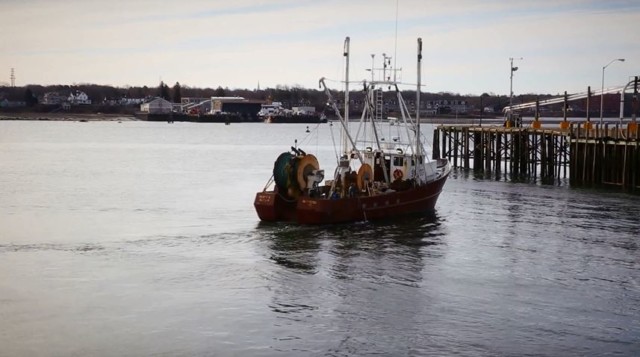Tuna, shrimp, Tilapia and salmon are among the most popular seafood eaten around the world.
But their use on dinner plates for the past 30 years means these once-plentiful species are now dwindling, and continuing to place them on menus no longer makes ecological sense.
Recognizing the depleting supplies, chefs around the globe, are experimenting with new, lesser-known types of abundant seafood, often referred to as “trash fish” by fishermen unable to sell them. Steve Sicinski is the former executive chef at Inn by the Sea near Portland, Maine. This is one of many New England towns where the decline of Atlantic cod stocks has hit the domestic fishing industry, and local fishermen, hard.
“We are certainly working to help promote the common man, the common fisherman and really the backbone of what the economy of Maine once was, especially here in southern Maine along the Gulf,” Sicinski said.

Evolving fish industry: Creating sustainable waters
Mike Walter shows how chefs are working with local fishermen to help create sustainable waters.It’s an evolution that sustainable seafood advocate Jen Levin, with the Gulf of Maine Research Institute, says is catching on.
“The real trend is an understanding what’s in season, what’s bountiful and basically eating with the ecosystem and adapting and understanding how to work with the seafood and the species that Mother Nature makes available to us,” explained Levin.
Full Frame’s Mike Walter takes a look at this growing trend.
 CGTN America
CGTN America Portland, Maine fishing boat.
Portland, Maine fishing boat.
